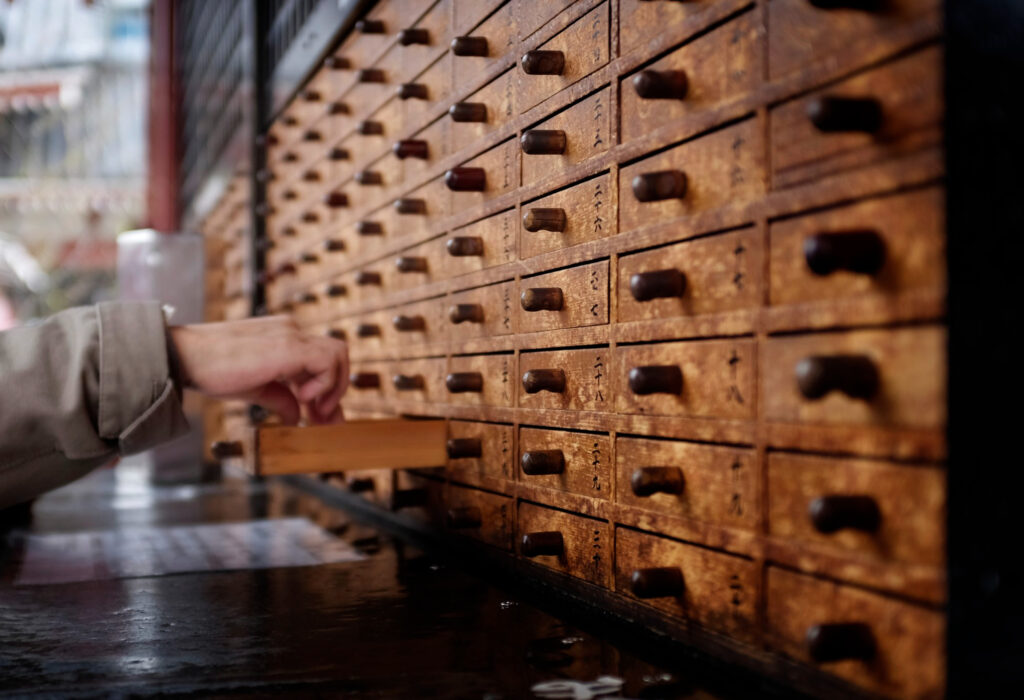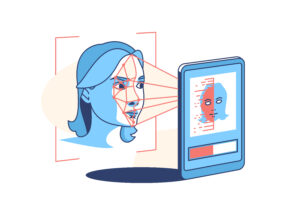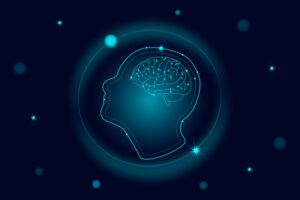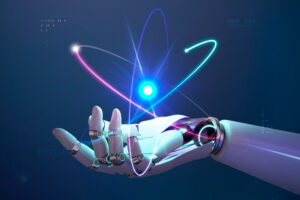Historical and archival documents serve as windows into our past. They hold invaluable insights about our history, culture, and evolution. However, these documents, often stored in physical form, are vulnerable to time, wear, and environmental damage. Digitization safeguards these documents against potential loss, preserving them for future generations.
Furthermore, it enhances accessibility, allowing anyone from anywhere in the world to access these documents with just a few clicks. This not only democratizes information but also facilitates historical, anthropological, and linguistic research. There are many legitimate needs for governmental agencies to archive troves of older documents that had existed only in paper form. Military, official, and other documents offer countless examples and make viable applications and markets.
The Role of OCR in Digitization
OCR plays a pivotal role in the digitization process. It scans the text in physical documents, translates it into digital form, and makes it searchable. This eliminates the need for manual transcription, saving considerable time and resources. Moreover, OCR-enabled digitization ensures that historical and archival documents are not just visually replicated, but replicated but are also converted into a format that can be interacted with, analyzed, and indexed, unlocking new possibilities for research and study.
Challenges in Digitizing Historical and Archival Documents
However, digitizing historical and archival documents is not without challenges. These documents often feature degraded text, difficult-to-decipher ancient scripts, and handwritten notes that vary significantly in style. Furthermore, the quality of scanning and imaging is crucial as it directly impacts the accuracy of OCR. High-quality, clear images are required for OCR to effectively recognize and translate the text into digital format.
Case Studies of Successful OCR Digitization Projects
Despite these challenges, there have been many successful OCR-based digitization projects. The British Library, for instance, undertook a massive digitization project, bringing millions of historical newspaper pages into the digital realm. Similarly, the U.S. Library of Congress has been utilizing OCR to digitize a wealth of historical documents, making them easily accessible to the public. Similar challenges also exist at the state level as several, such as New York as one example, have passed legislation requiring the creation of complete digital archives of documents as old as from World War I. These projects highlight the transformative power of OCR and the ways it can be leveraged to preserve and democratize historical knowledge.Modern
Advances in OCR for Historical and Archival Documents
Modern advancements in AI and Machine Learning are greatly enhancing OCR capabilities. These technologies are improving the accuracy and efficiency of OCR, enabling it to better recognize various scripts, fonts, and handwritten text. Moreover, they a’re also aiding in the recognition of text in low-quality images, a common issue when dealing with aged documents. Today’s technologies offer both the ability to perform such digitization projects while meeting the challenge in shorter times and lower costs in comparison to manual labor alone. This marks a significant step forward in the digitization of historical and archival documents.
The Future of OCR in Historical and Archival Document Digitization
Looking ahead, we can expect further advancements in OCR technology, particularly driven by AI and machine learning. These improvements will likely increase the accuracy, speed, and scope of OCR, enabling the digitization of even more diverse and challenging historical documents. As a result, archival research and historical preservation will become more streamlined, efficient, and comprehensive.
Conclusion
In conclusion, OCR plays an instrumental role in the digitization of historical and archival documents. While challenges persist, ongoing advancements in technology continue to enhance OCR’s capabilities. As we look towards the future, it is clear that OCROCR will continue to be a valuable tool in our quest to preserve history, broaden knowledge, and foster global accessibility to our shared past.






